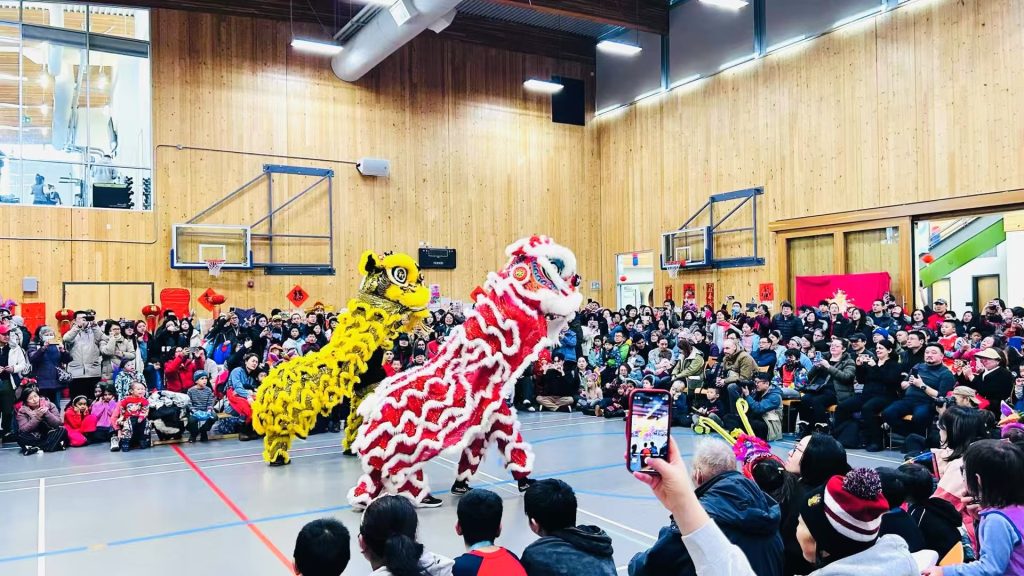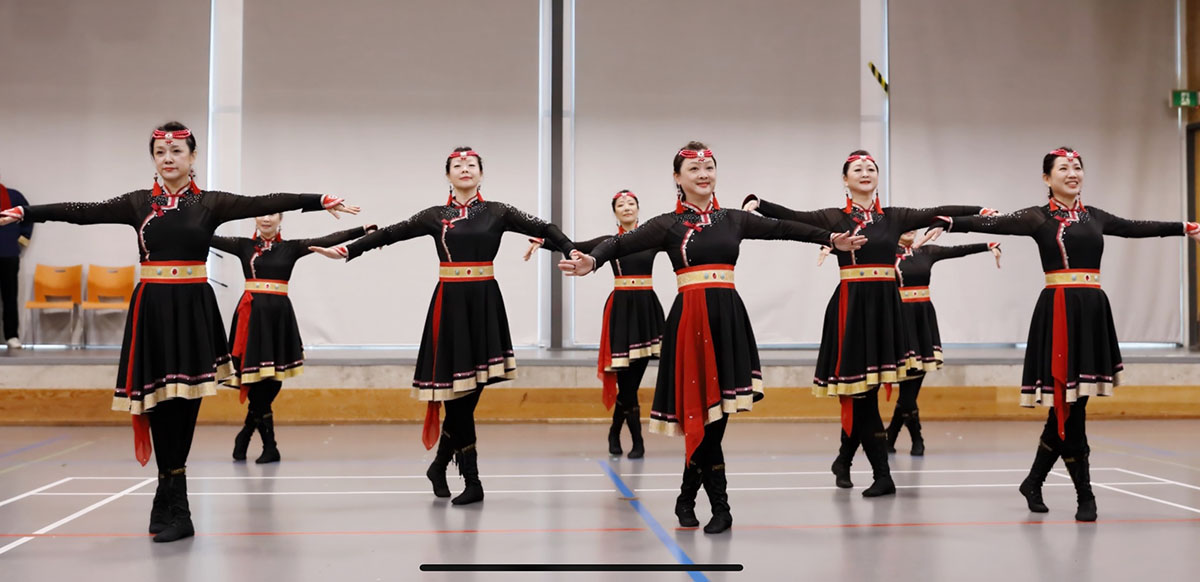The Lunar New Year is a vital tradition in China and other Asian countries. Also known as the Spring Festival or Chinese New Year, the celebration lasts for 15 days. The festivities begin on the first new moon of the lunar calendar and end on the first full moon of the lunar calendar.
Since the holiday is based on the lunar calendar, the dates change from year to year and range between Jan. 21 and Feb. 20. This year, celebrations began on Jan. 29. According to the Chinese zodiac, it is the Year of the Snake.
“Lunar New Year is celebrated in a number of cultures worldwide,” says Helena Wu, an assistant professor of Asian studies at UBC. “Lunar New Year celebrations are shared but remain diverse, indicating localized cultural practice as well as the exchange between cultures and communities with time.”
Lunar New Year is celebrated not just in China but in Vietnam, Korea, Malaysia, and Singapore. Countries with Asian immigrant populations, like Canada, also celebrate. There are regional variations. Vietnamese people, for example, follow the Vietnamese zodiac, not the Chinese zodiac.
“Despite the difference in details and the transformation of tradition with time, the celebrations fundamentally entail the gathering of friends and family members, reminding us of the importance of mutual respect and shared understanding,” Wu says.
The roots of the celebration can be traced as far back as 3,500 years, but its exact beginnings are unclear. Some believe that Lunar New Year celebrations started during the Shang Dynasty (1600–1046 BC). During that time, people held sacrificial ceremonies at the start and end of the year to honour ancestors and the gods.
A more entertaining explanation is the legend of the mythical beast Nian. This popular story describes how Nian would eat livestock, crops, and even people on the eve of the new year. A wise old man realized that Nian was afraid of loud noises and the colour red. So people started putting out red lanterns and lighting crackling bamboo (which later became fireworks) to scare him away.
Before and during the 15-day celebration, there are various cultural practices. About 10 days before the new year, houses are cleaned to remove any bad luck and make the home welcoming for good luck. Communities are decorated with red, as red is the colour of joy and good fortune.
New Year’s Eve and New Year’s Day are meant for celebrations with family. To start off the holiday on New Year’s Eve, a reunion dinner with family is typically held. “Visiting the Lunar New Year market on the Lunar New Year’s Eve is another popular activity,” Wu says. “During the new year, in general people bring gifts and pay visits to family members and, in return, receive ‘lai see’ (money packed in a red pocket) from senior family members.”

Throughout the celebration, parties, firecrackers, and lion dances are common. The third day of the new year is more sombre and visits are not recommended because of the risk of disputes, Wu says.
The Lantern Festival marks the end of celebrations on the fifteenth day. It is meant to honour deceased ancestors. People put up colourful red lanterns to light up houses. Lion dances, parades, and festivals occur throughout the day. Sticky rice balls are a traditional food eaten during this festival.
Given Canada’s large Asian population, many people observe the holiday and celebrations occur across the country.
Events are being held to celebrate on the UBC campus lands and in Vancouver.
On campus, the Botanical Garden hosts an annual Lunar New Year market, which features various cultural performances and over 40 local makers and food trucks.
The Asian studies department and the UBC Alma Mater Society held a celebration at the Student Nest on Jan. 29 to showcase traditional customs and the ways the new year is welcomed across Asia. The AMS estimates that about 1,000 people attended.
To broaden the imagination of Lunar New Year, Wu will hold a panel discussion about memory and place in graphic novels. The discussion, held in cooperation with the UBC Hong Kong Studies Initiative and LunarFest, will take place Feb. 12.
The UNA held its 18th annual Lunar New Year celebration on Feb. 2 at the Wesbrook Community Centre with Chinese and Korean cultural performances, traditional activities and crafts, and traditional snacks and teas.
And in Vancouver, the 51st Spring Festival Parade was held Feb. 2 in Chinatown. The snow and wintry temperatures limited the crowds but did not dampen the enthusiasm.
AMIE BERNAERDT IS A THIRD YEAR STUDENT AT UBC, MAJORING IN CREATIVE WRITING AND ANTHROPOLOGY. SHE LIVES IN WESBROOK PLACE.
